Brand Marketing vs Performance Marketing: Difference 2025
Key differences between brand and performance marketing in 2025. Learn which strategy fits your goals and how to combine them for success.
Rosin | 27 Dec 2024
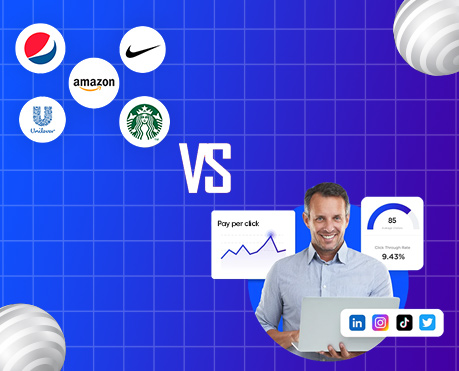
Table of Content
- What Is Brand Marketing?
- What Is Performance Marketing?
- Key Differences Between Brand Marketing and Performance Marketing
- The Power of Combining Brand Marketing and Performance Marketing
- When to Focus on Brand Marketing
- When to Focus on Performance Marketing
- Future Trends in Brand and Performance Marketing for 2025
- How to Choose the Right Approach
- Conclusion
- Related Posts
- Leave A Comment Cancel reply
In 2025, the marketing landscape is more complex than ever. Businesses face two primary approaches to achieving their goals: brand marketing and performance marketing. While both strategies are essential to success, they serve different purposes and require distinct methodologies. Knowing these differences is important for creating a successful marketing strategy, which should balance quick wins with lasting growth.
This article examines brand marketing and performance marketing. It explains their roles and how they can work together to achieve the best results.
What Is Brand Marketing?
Brand marketing is identifying a business and creating an emotional connection with your target audience. It aims to create a lasting impression to ensure that customers first consider your brand when they need a product or service.
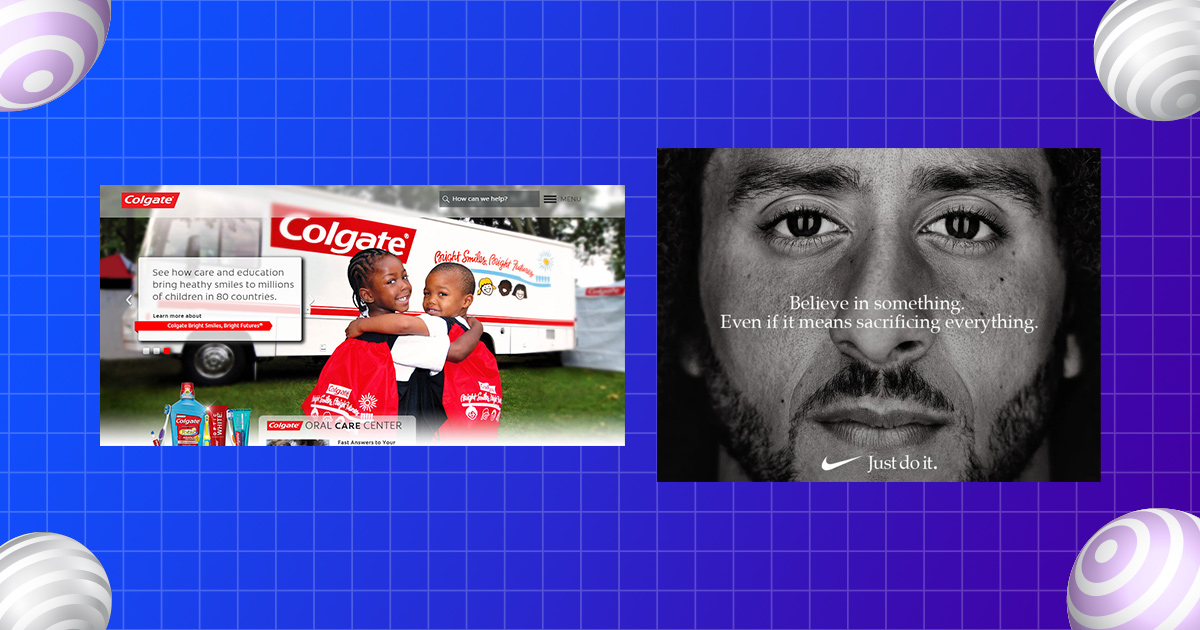
Core Elements of Brand Marketing
1. Long-term vision:
Brand marketing is a marathon—not a short run. It focuses on cultivating trust, loyalty, and acceptance over time.
2. Emotional appeal:
By telling interesting stories Brand marketing fosters an emotional connection with the audience. This combination makes customers more likely to choose your brand when competitors offer similar products.
3. Broad Reach:
Use various channels such as television, and social media. public relations and experiential marketing to maximize visibility.
4. Examples of success
Include famous campaigns like Nike’s “Just Do It” and Coca-Cola’s holiday ads. These are clear examples of brand marketing. Because the emphasis is on brand image rather than specific products.
What Is Performance Marketing?
Performance marketing, on the other hand, is all about measurable results. It’s a strategy based on data. It aims to reach specific goals, like getting leads, boosting sales, or increasing website traffic.
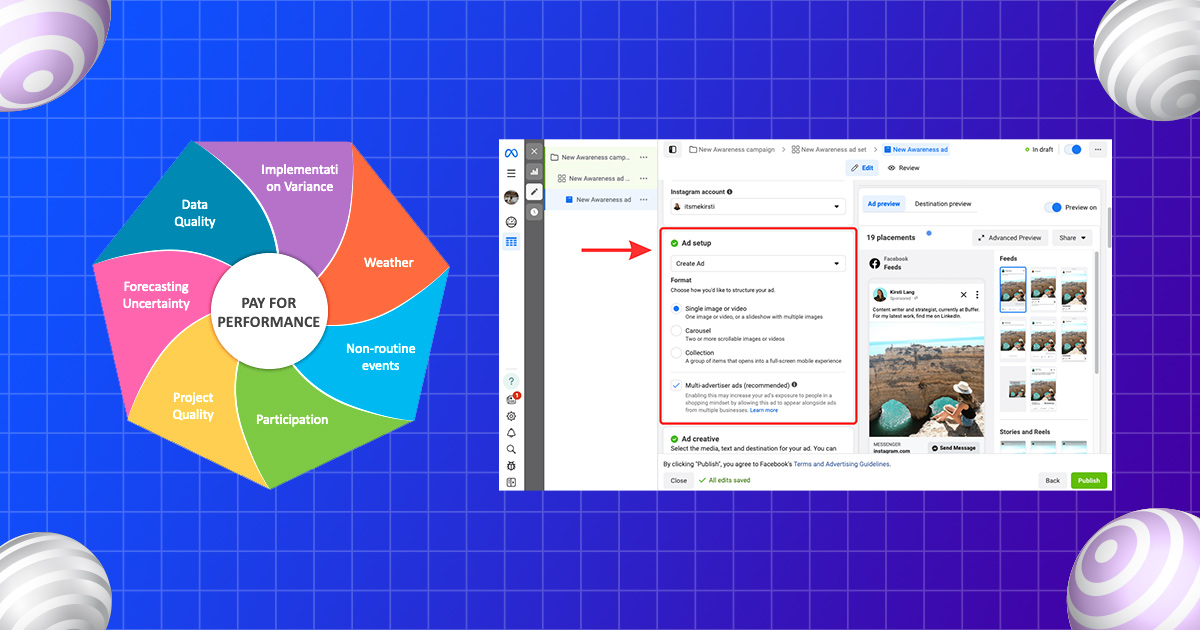
Core Elements of Performance Marketing
1. Immediate Results:
Unlike brand marketing, performance marketing is designed to deliver quick, tangible outcomes.
2. Data-Driven Decisions:
Success is tracked through metrics like click-through rates (CTR), cost-per-click (CPC), return on ad spend (ROAS), and conversion rates.
3. Pay-for-Performance Model:
Businesses only pay for successful actions, making it a cost-effective approach for achieving targeted goals.
4. Channels Used:
Common platforms include Google Ads, Facebook Ads, affiliate marketing, and retargeting campaigns.
5. Examples of Success:
Performance marketing thrives on tactics like paid search campaigns for e-commerce sites, where every click can lead to a sale.
Key Differences Between Brand Marketing and Performance Marketing
1. Goals and Objectives
- Brand Marketing: The goal is to build long-term customer loyalty and trust. The focus is on increasing brand awareness. Creating emotional connections and building a positive reputation.
- Performance Marketing: This approach focuses on immediate, measurable results. Its main purpose is to drive actions such as purchases, registrations, or downloads.
2. Timeframe
- Brand Marketing: It is a long-term investment and may take months or years to achieve significant results.
- Performance Marketing: Performance marketing is short-term. Campaigns often take weeks or months to achieve quick wins.
3. Measurement Metrics
- Brand Marketing: Success is measured by intangible indicators such as brand recognition. Customer loyalty And Net Promoter Score (NPS), engagement, and mentions on social media also play a role.
- Performance Marketing: Track results using concrete metrics like ROAS, CTR, and conversion rates. and customer acquisition costs (CAC).
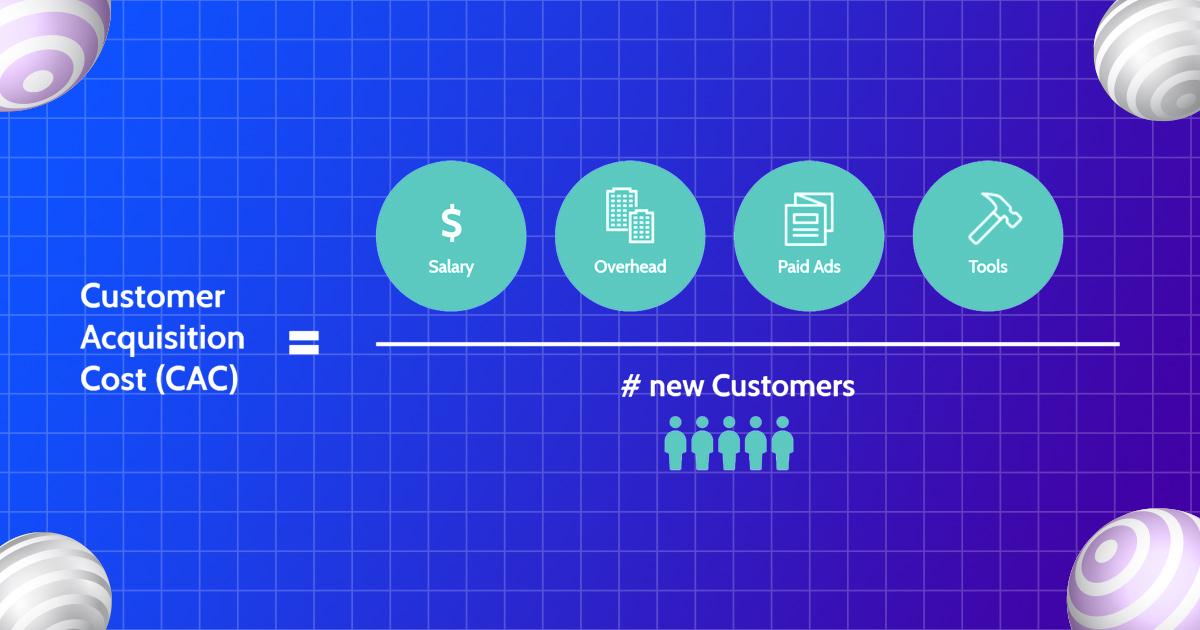
4. Marketing Channels
- Brand marketing channels: Television, radio, billboards, public relations campaigns Social media content and support is a common channel
- Performance marketing channels: Search Engine Marketing (SEM) Pay Per Click (PPC) Advertising Social Media Advertising Email Marketing And affiliate sharing is key.
5. Budget Allocation
- Brand Marketing:
Requires significant investment, often with no immediate returns. However, it’s crucial for businesses that want to establish a strong presence in their industry. - Performance Marketing:
Budgets are allocated more precisely, as the approach relies on measurable KPIs. Businesses can adjust spending in real-time based on results.
The Power of Combining Brand Marketing and Performance Marketing
Although brand marketing and performance marketing are different, when used together, they complement each other beautifully. An integrated strategy allows businesses to build a strong foundation for growth and achieve immediate goals.
Benefits of Integration
1. Improved ROI: Display marketing campaigns benefit greatly from the trust and recognition built by brand marketing.
2. Increased customer retention: Loyal customers acquired through brand marketing are more likely to engage with performance-driven campaigns.
3. Corresponding message: A consistent brand voice across channels ensures that your audience perceives your business as trustworthy and trustworthy.
4. Coordination of information: Data gathered from display marketing can inform brand campaigns. Meanwhile, insights from brand marketing can improve audience targeting in display campaigns.

When to Focus on Brand Marketing
1. New Market Entry
Businesses entering new markets need to focus on brand marketing to build awareness and credibility.
2. Product Differentiation
If your product is in a saturated market, brand marketing helps highlight your unique value proposition.
3. Customer Retention
Loyal customers are more likely to advocate for your brand, leading to organic growth through word-of-mouth marketing.
When to Focus on Performance Marketing
1. Limited budget
Startups or small businesses with limited resources may prioritize performance marketing for immediate returns.
2. Time-sensitive campaigns
product launch Seasonal sales or event promotions can greatly benefit from a performance-driven strategy.
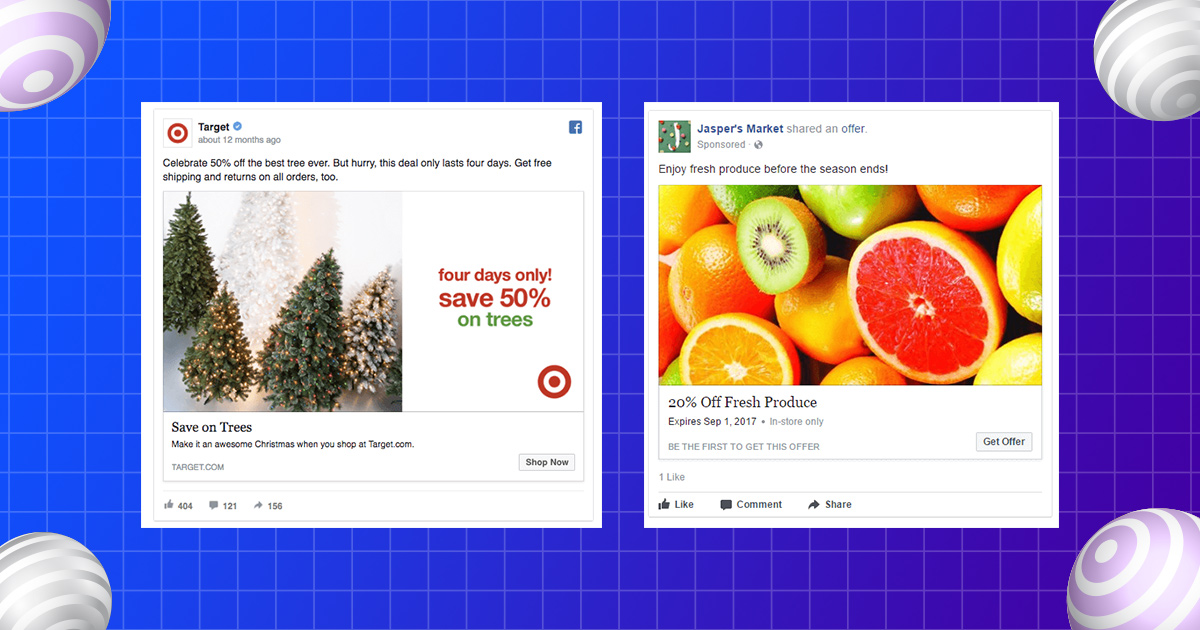
3. Testing and repeatability
For performance marketing businesses Various approaches were tested. Very quickly and campaigns are optimized for best results.
Future Trends in Brand and Performance Marketing for 2025
1. Artificial Intelligence (AI):
Both approaches will leverage AI for improved targeting, personalization, and analytics. AI-driven chatbots and predictive models are becoming standard tools.
2. Emphasis on Sustainability:
Consumers increasingly demand sustainable practices, making this a key element of brand marketing.
3. Privacy-First Strategies:
As data privacy laws tighten, businesses must find innovative ways to balance personalization with compliance.
4. Omnichannel Marketing:
The integration of online and offline channels is essential for both brand and performance marketing. Consistent experiences across platforms are critical.
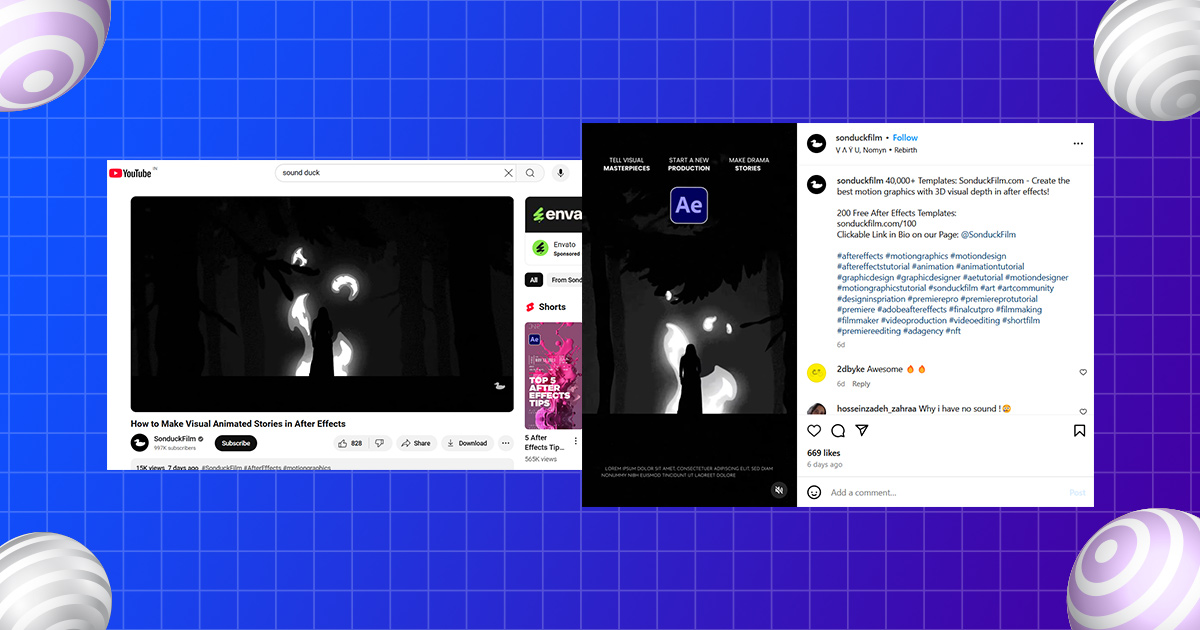
How to Choose the Right Approach
The choice between brand marketing and performance marketing depends on the specific needs of your business. Here are some simple tips:
- Startups: Focus on performance marketing for fast revenue.
- Established Brands: Invest in brand marketing to maintain market share and differentiate yourself from competitors.
- Hybrid Approach: Most businesses benefit from a combination of both strategies for sustainable growth and immediate impact.
Conclusion
To make a good marketing plan for 2025, you must understand brand marketing and performance marketing. These two types of marketing are different from each other. Brand marketing creates emotional connections and long-term loyalty. Performance marketing, on the other hand, drives measurable results in the short term.
Together, these approaches create a powerful synergy that guarantees immediate success and sustainable growth. Businesses that master the combination of these strategies will succeed in today’s competitive market. A balanced, data-driven approach is key to staying ahead in an ever-changing digital world.
To improve your marketing and manage your brand, try Storefries. It is a strong tool that helps you schedule, analyze, and automate your social media campaigns.
With Storefries, you can ensure your brand messaging and performance marketing are perfectly aligned for maximum effectiveness.

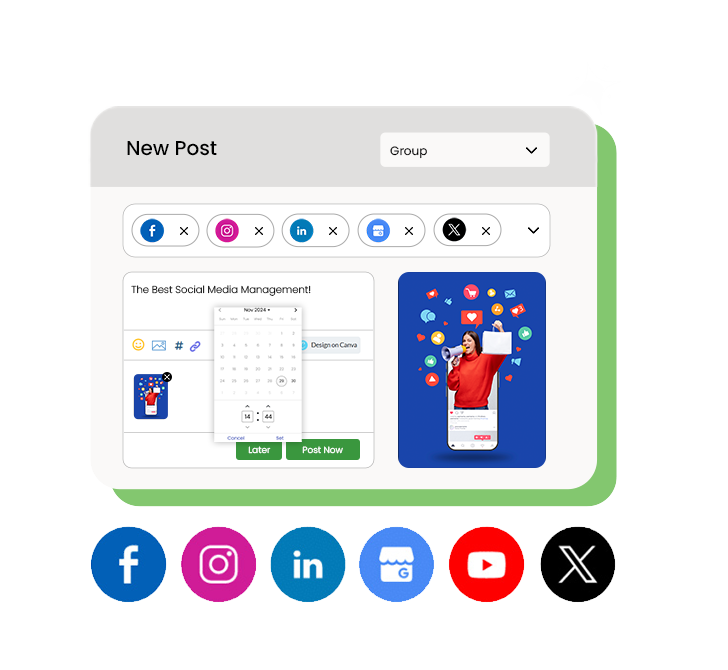

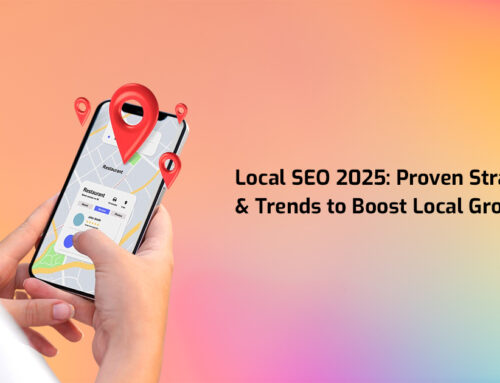
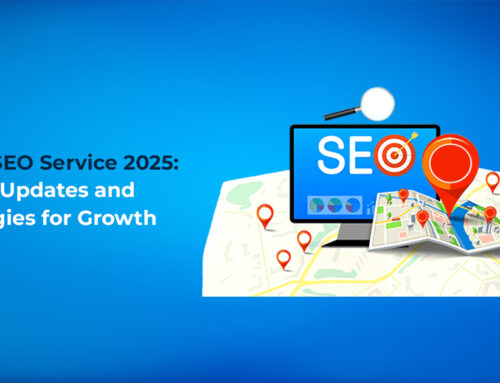
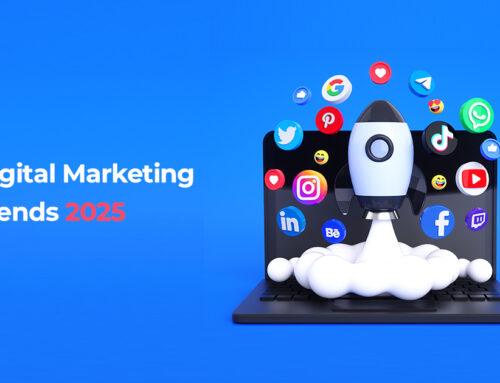


Leave A Comment